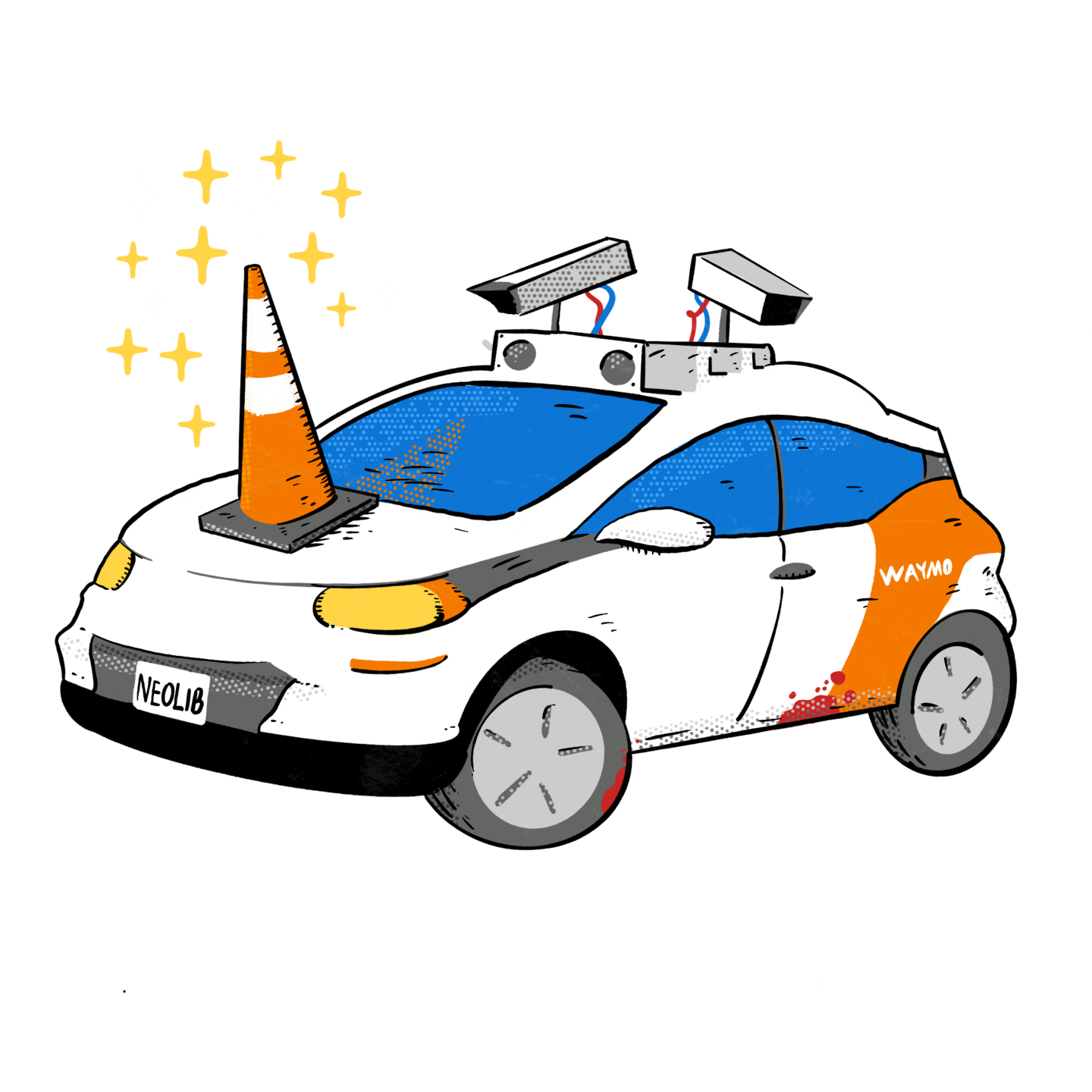
Finally, Simple AV Tech Will Make Our Streets Much Safer
If we really want safety…
Our streets are unsafe, and getting worse. To address this danger, countless billions of dollars have been invested in incredibly complex robotaxis. But then it turns out that the robotaxis don’t make things safer, just as how Uber didn’t reduce car ownership. The problem is that robotaxis cause additional problems without substituting for drivers. They are additive. You just end up with more cars, everywhere, and therefore less safe roads.
Karl Vogt, the former CEO and co-founder of Cruise stated “if we’re serious about safety in our cities, we should be rolling out the red carpet for AVs. There’s really no way to look at it if safety is the top priority.” Waymo has made equally spurious claims. Vogt was clearly wrong, and self serving. If we want to improve safety then we should be rolling out the carpet for technologies that will actually work well and widely used.
It turns out there is a solution for making our streets safer. One that is simple, where the necessary hardware is already on most new cars. If “we’re serious about safety” then we should be focusing on moving this type of change forward instead of spending billions of dollars on autonomous vehicles which are 1) not ready for prime time; and 2) not going to be widely adopted.
Fortunately, Senator Scott Wiener has introduced California Senate Bill 961 to require technology known as Intelligent Speed Assist, which uses GPS location data to adjust a vehicle’s top speed to reflect a roadway’s posted speed limit. Wiener’s bill mandates that speeding limiters (they don’t truly limit “speed”, but instead “speeding”, so I use the clunky term “speeding limiters”) be installed on all new cars sold in California by 2027, with the devices limiting vehicles to 10 miles per hour above the speed limit, though that can be overridden temporarily.
Speeding is a huge detriment to safety, killing many thousands of people every year. We must reduce speeding. Street design is part of the solution, but an expensive part. And we cannot implement adequate changes to all of our streets. Speeding limiters, such as Intelligent Speed Assist, is a key solution to improving safety and must be pursued.
Wiener’s speed-governor bill would also require trucks weighing more than 10,000 pounds to come equipped with side underride guards, another proven method of improving safety. This shows that the legislation truly is about safety.
Public Reaction
While there will be an outcry from the dangerous driving community (“it’s my god-given right to speed!”) many people understand that reckless driving is out of control. Still, other legislators, who are pretty much all avid drivers, will be apprehensive about moving these needed changes forward. Passing this legislation will surely be difficult, even though it is so important. But as Senator Scott Wiener has stated, we need to move forward with the conversation, and we need to talk about what we really mean by safer streets.
I love bills that spark massive conversation, like my first big upzoning bill, when people would tell me they were debating it at the dinner table. To me, it’s only a positive to spark that kind of dialogue. It’s so easy to become numb to the number of people who have been killed and maimed on our streets. But we don’t have to live this way — and life isn’t lived this way in other wealthy countries. It’s this way in the US because of our laws, and also because people are often OK driving at really excessive speeds. I think it’s important to ask, “What do we mean when we say we want our streets to be safer?”
Sen. Scott Wiener
Equity
One of the big advantages of speed limiters is that they are inherently equitable. No longer would police be involved with pulling motorists over for speeding tickets. No longer would the expense of a ticket hurt someone who is economically disadvantaged. Instead, speeding would be limited in the first place. Cars with speed limiters would simply not get speeding tickets.
Robotaxis on the other hand are inherently expensive because the vehicles cost $150k-$200k due to their complexity, and still require a very large staff. The rides in robotaxis simply are not affordable enough for widespread adoption. And if they only serve the wealthy, then they are not a solution.
Articles
There are several useful articles that describe why




Next Steps
We will keep you apprised of the legislation as it moves through the long and winding process.
